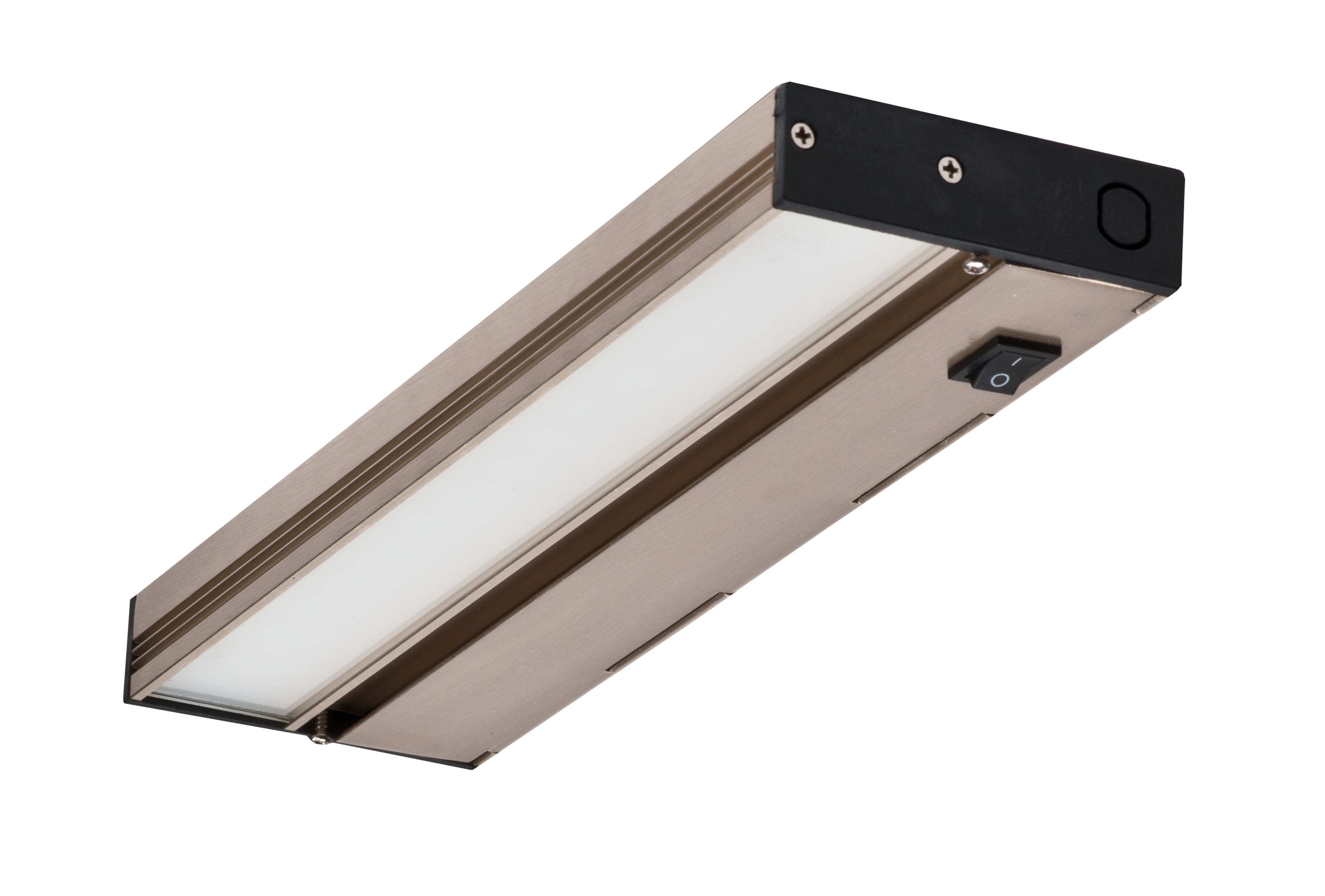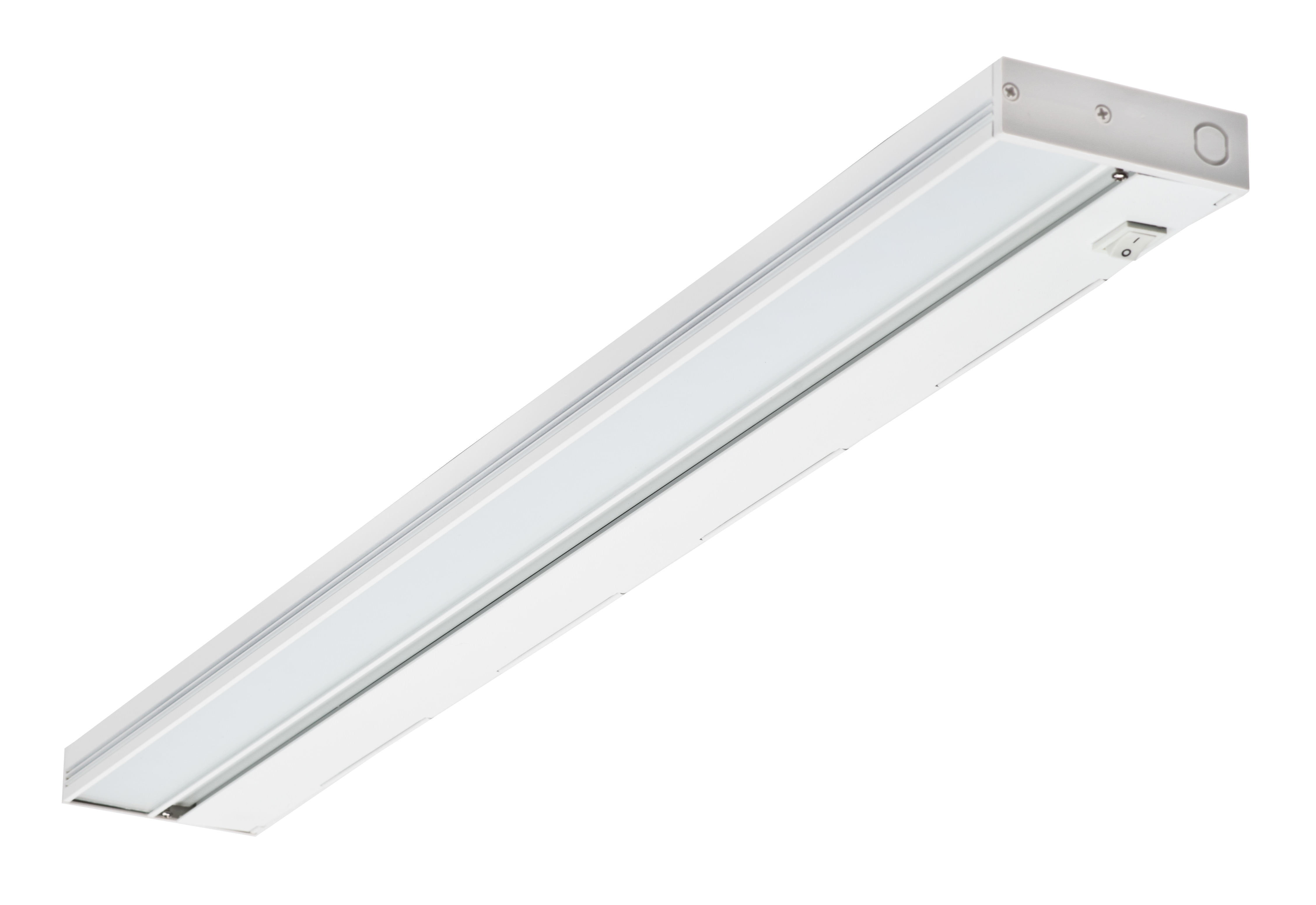Types of Under Cabinet Lighting

Illuminating your kitchen workspace with under cabinet lighting can transform your culinary experience. Not only does it enhance visibility, but it also adds a touch of elegance and functionality to your kitchen. There are various types of under cabinet lighting fixtures available, each with its own set of advantages and disadvantages. Let’s explore the different options and find the perfect fit for your kitchen.
LED Strips
LED strips are flexible, thin strips of lights that can be easily installed under cabinets. They are incredibly versatile and offer a wide range of color options.
- Brightness: LED strips can provide bright, focused illumination, making them ideal for task lighting. Some strips even offer adjustable brightness levels, allowing you to customize the light output to your needs.
- Energy Efficiency: LEDs are known for their energy efficiency, consuming significantly less power than traditional incandescent bulbs. This translates to lower energy bills and a smaller carbon footprint.
- Aesthetics: LED strips are available in various colors and finishes, making it easy to blend them seamlessly with your kitchen’s décor. Some strips even come with a diffuser to soften the light and create a more ambient atmosphere.
- Installation: LED strips are typically installed using adhesive tape, making them a quick and easy DIY project. However, for more permanent installations, they can also be hardwired.
- Durability: LED strips are durable and long-lasting, with an average lifespan of 50,000 hours. They are also resistant to vibrations and shocks, making them suitable for high-traffic areas.
- Cost: LED strips are generally more affordable than other types of under cabinet lighting, especially when considering their long lifespan and energy efficiency.
Puck Lights
Puck lights are small, circular lights that are typically mounted using screws or magnetic clips. They are a popular choice for under cabinet lighting due to their compact size and ease of installation.
- Brightness: Puck lights offer a focused beam of light, making them suitable for illuminating specific areas on your countertop. However, they may not provide enough light for the entire workspace.
- Energy Efficiency: Puck lights are available with both LED and halogen bulbs. LED puck lights are more energy-efficient, while halogen puck lights offer a warmer, more traditional light output.
- Aesthetics: Puck lights come in various finishes, including brushed nickel, chrome, and black, making it easy to find a style that complements your kitchen’s décor.
- Installation: Puck lights can be installed with screws or magnetic clips, making them easy to install and adjust. Some puck lights also offer plug-in options, eliminating the need for hardwiring.
- Durability: Puck lights are generally durable and long-lasting, but they can be prone to breakage if dropped or mishandled.
- Cost: Puck lights are typically more expensive than LED strips, but they offer a more traditional and elegant look.
Traditional Fluorescent Fixtures, Ge under cabinet light fixture
Traditional fluorescent fixtures are a common choice for under cabinet lighting due to their affordability and brightness. They typically consist of a long tube with a diffuser to soften the light.
- Brightness: Traditional fluorescent fixtures offer bright, even illumination, making them ideal for task lighting. However, they can sometimes produce a harsh, flickering light.
- Energy Efficiency: Traditional fluorescent fixtures are more energy-efficient than incandescent bulbs but less energy-efficient than LED strips. They also contain mercury, which requires proper disposal.
- Aesthetics: Traditional fluorescent fixtures can be bulky and may not blend seamlessly with your kitchen’s décor. They are also typically available in white or cool white finishes.
- Installation: Traditional fluorescent fixtures are typically hardwired, requiring an electrician for installation. They can also be mounted using screws or brackets.
- Durability: Traditional fluorescent fixtures are durable and long-lasting, but they can be prone to flickering or buzzing over time.
- Cost: Traditional fluorescent fixtures are generally the most affordable option for under cabinet lighting.
Choosing the Right Fixture

Ge under cabinet light fixture – Selecting the perfect under-cabinet lighting fixture is a crucial step in illuminating your kitchen and creating a functional and aesthetically pleasing workspace. To ensure a harmonious blend of functionality and design, several factors need careful consideration. Let’s delve into these essential elements to guide you toward the ideal lighting solution.
Size of the Space
The size of your kitchen space plays a significant role in determining the number and type of under-cabinet fixtures required. A small kitchen might only need one or two fixtures, while a larger kitchen might benefit from multiple fixtures strategically placed to ensure adequate illumination across the entire workspace.
Desired Brightness Level
The brightness level you desire is directly related to the tasks you perform under your cabinets. For example, if you frequently prepare intricate dishes or work with fine details, you’ll need a higher brightness level than someone who primarily uses their kitchen for simple tasks. Brightness levels are measured in lumens, and the higher the lumen output, the brighter the light.
Existing Kitchen Design
The overall style and design of your kitchen should be considered when choosing under-cabinet lighting fixtures. A modern kitchen might benefit from sleek, minimalist fixtures, while a traditional kitchen might prefer fixtures with a more classic aesthetic. Matching the fixture style to the existing kitchen design will create a cohesive and visually appealing look.
Color Temperature
Color temperature, measured in Kelvin (K), determines the warmth or coolness of the light emitted by a fixture. Understanding the differences between warm white, cool white, and daylight options can help you choose the most appropriate color temperature for your kitchen.
- Warm White (2700-3000K): This color temperature emits a warm, yellowish light, creating a cozy and inviting atmosphere. It’s often preferred in living rooms and bedrooms.
- Cool White (3500-4100K): This color temperature emits a bright, slightly blueish light, often used in offices and kitchens. It provides a crisp and clear illumination for tasks requiring accuracy.
- Daylight (5000-6500K): This color temperature emits a very bright, cool white light, mimicking natural daylight. It’s ideal for tasks requiring maximum visibility, such as reading or working with fine details.
For most kitchen tasks, a cool white or daylight color temperature is recommended, as it provides clear visibility for preparing food and cleaning. However, personal preference plays a significant role in choosing the right color temperature for your kitchen.
Wattage and Lumen Output
Wattage and lumen output are crucial factors to consider when choosing under-cabinet lighting fixtures. Wattage refers to the amount of power a fixture consumes, while lumen output measures the brightness of the light emitted. Here’s a guide for determining the appropriate wattage and lumen output for various kitchen tasks:
| Task | Wattage (W) | Lumen Output (lm) |
|---|---|---|
| General illumination | 10-15 | 800-1200 |
| Food preparation | 15-20 | 1200-1600 |
| Detailed tasks (e.g., reading recipes) | 20-25 | 1600-2000 |
It’s important to note that these are general recommendations, and the actual wattage and lumen output required may vary depending on the size of your kitchen, the type of fixtures you choose, and your personal preferences.
Installation and Maintenance: Ge Under Cabinet Light Fixture

The installation and maintenance of under cabinet lighting is a straightforward process that can be done by most homeowners. With the right tools and a bit of patience, you can successfully install and maintain your under cabinet lighting for years to come.
Installing Under Cabinet Lighting
Installing under cabinet lighting is a relatively simple process that involves a few basic steps. The steps may vary slightly depending on the type of lighting fixture you choose.
- Plan your layout: Before you begin, determine the placement of your lights. Consider the size of your cabinets, the desired brightness, and the type of light you want to achieve. It is advisable to have an even distribution of light throughout the work area.
- Prepare the installation area: Ensure the area where you will be installing the lights is clean and free of obstructions. Remove any existing fixtures or debris.
- Mount the fixtures: Use the appropriate mounting hardware for your fixtures. Some fixtures may require screws or adhesive strips.
- Connect the wiring: Carefully connect the wires from the fixtures to the power source. Ensure that the wires are properly connected and that the connections are secure.
- Test the lights: Once the wiring is complete, turn on the power and test the lights. Ensure that all lights are working properly.
Troubleshooting Common Issues
Troubleshooting under cabinet lighting problems can be done by examining the wiring, the fixtures, and the power source. Here are some common issues and how to resolve them:
- Flickering lights: This is usually caused by a loose connection or a faulty bulb. Check the wiring connections and replace the bulb if necessary.
- Dimming lights: This could be caused by a loose connection, a faulty bulb, or a problem with the power source. Check the wiring connections, replace the bulb, and ensure the power source is working properly.
- Power outages: Check the circuit breaker to see if it has tripped. If the circuit breaker is not tripped, there may be a problem with the wiring.
Maintenance Practices
Regular maintenance of your under cabinet lighting will help to ensure that they continue to work properly and provide optimal illumination.
- Cleaning: Dust and grime can accumulate on the fixtures and bulbs, reducing their brightness. Clean the fixtures and bulbs regularly with a soft cloth and mild detergent.
- Bulb replacement: LED bulbs typically last for a long time, but eventually, they will need to be replaced. Keep a supply of replacement bulbs on hand.
GE under cabinet light fixtures are a popular choice for homeowners looking to add a touch of elegance and functionality to their kitchens. These fixtures can be especially useful in a spacious retreat like a 2 queen beds 1 bedroom suite , where the extra light can be helpful for preparing meals or simply illuminating the room.
With a variety of styles and features available, GE under cabinet light fixtures can enhance any kitchen, regardless of size or design.
GE under cabinet light fixtures are a popular choice for homeowners looking to brighten up their kitchens, but they can also be a practical addition to smaller living spaces. When deciding on a GE under cabinet light fixture, it’s important to consider the size of your space, as they can be particularly useful in a studio or 1 bedroom apartment where maximizing light and functionality is key.
The bright, focused illumination of these fixtures can help to make a small space feel larger and more inviting.